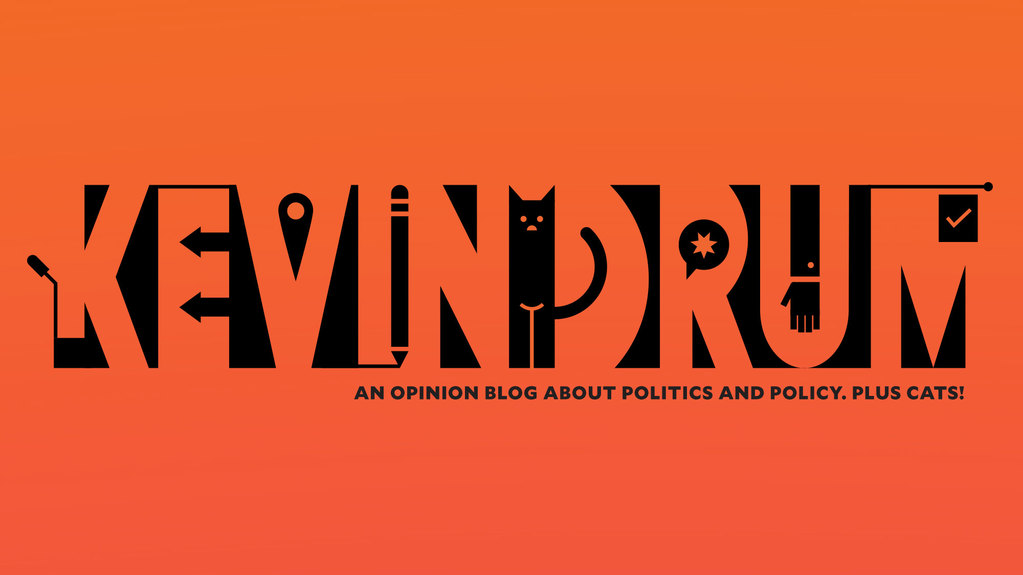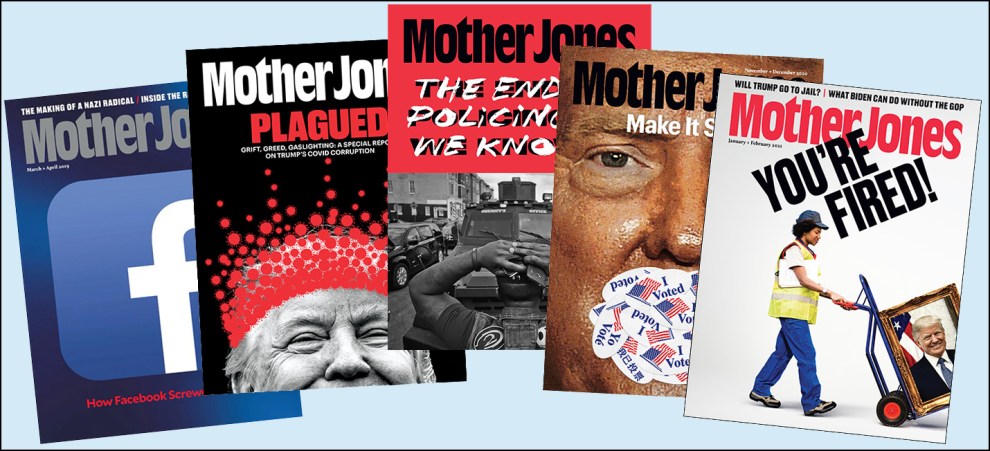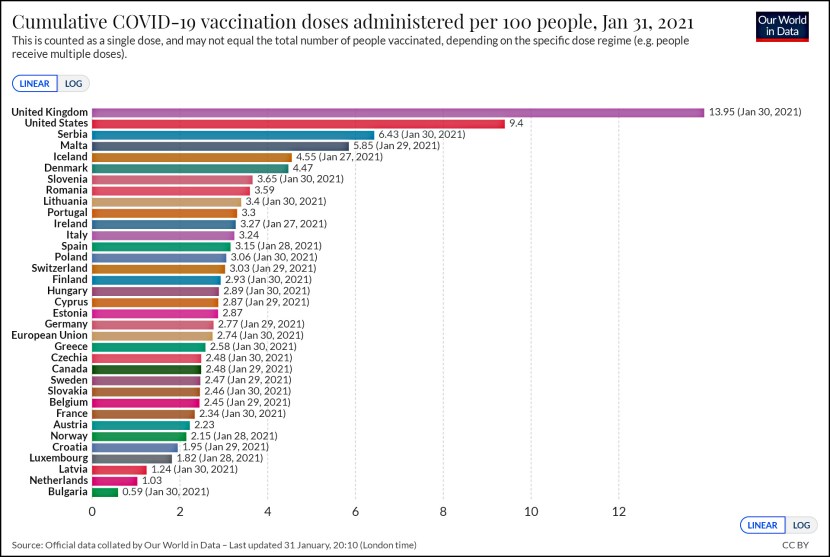This post is going to end up being insufferably nerdly, so bear with me. It comes via Justin Wolfers, who tells us about a new study showing that if you present information, it’s more persuasive if it includes a chart. Since my Wikipedia entry says I’m known for “offering original statistical and graphical analysis,” this is thrilling news—especially since I’ve never really believed that my charts have influenced anyone who didn’t already believe what I was saying in the first place.
So let’s go to the source. First off, I love the title of the paper:
Trivial graphs! Roger that. And sure enough, the researchers’ first experiment suggests that if you tell people a drug reduces illness by 40 percent, they’re more likely to believe it if you include a bar chart that shows one bar 40 percent lower than the other. Unfortunately, this conclusion comes via a tiny, non-random sample, and the responses are weirdly contradictory. On a scale of 1-9, the chart group rates the drug only slightly more effective than the non-chart group. But on a question that directly asks if the drug works, the chart group is far more positive. What’s up with that?
But this isn’t yet the truly nerdly part. I’m just picking the usual statistical nits. Next up, the researchers tried to find out if the chart group is more persuaded simply because the chart helps them remember the information better. Long story short, that’s not the case. Everyone remembers the information about equally well. But wait: this group is even worse: it’s a tiny, non-random sample of university freshman lab rats, who are very much not typical of the population, especially when it comes to assessing quantitative information. What’s more, assuming I’m interpreting the typo-laden concluding sentence correctly, the chart group displays 79 percent retention vs. 70 percent for the non-chart group. That sure sounds like a possibly significant difference. It’s only the tiny sample size that makes it worthless. But frankly, the tiny sample size probably makes this whole study worthless.
But this still isn’t the truly nerdly part. Here it is, and I’m going to excerpt directly from the study:

Say what? This molecule allegedly has 29 (!) helium atoms? Come on, man. I took one look at that and just laughed. Then I looked at the fake chemical formula, and they got it wrong. It’s got 29 hydrogen atoms. Or does it? Who knows. Now, it’s true that the group for this study was recruited at a shopping mall, and I’ll grant that your average mall rat isn’t too likely to notice this. Still. WTF? That’s at least two typos; a ridiculously small and non-random sample; and contradictory results depending on how the participants were queried.
I’m going to keep using charts because they convey a lot of information efficiently to people who like charts. Plus, I like charts. But are these charts actually persuading anyone of anything? I’m unpersuaded.

















